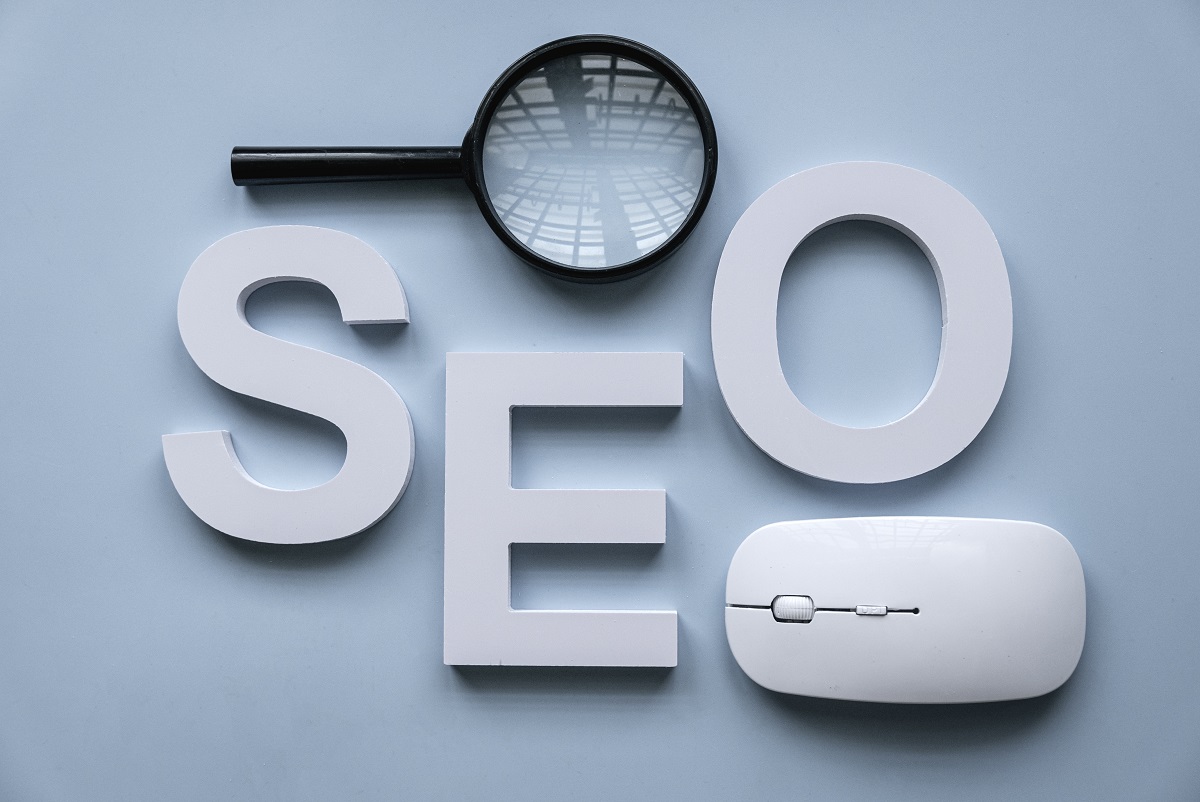LLM SEO: Understanding Its Impact and Strategies for Success
Key Takeaways Defining LLM SEO 1. The Core Concept 2. The Key Differences 3. The User Intent 4. The Conversational Shift The Human-AI Synergy Ethical Creation Value Augmentation Human Oversight Core Optimization Strategies Contextual Depth Conversational Language Unique Insights Clear Structure Measuring True Impact Beyond Rankings Conversational Analytics Brand Mentions Technical Foundations Structured Data Content Accessibility Future Trajectory Conclusion Frequently Asked Questions What is LLM SEO? How does LLM SEO differ from traditional SEO? Why is human-AI synergy important in LLM SEO? What are the core strategies for LLM SEO optimization? How can the impact of LLM SEO be measured? What technical foundations support LLM SEO? What is the future of LLM SEO? Key Takeaways LLM SEO concentrates on enhancing content for large language models, redirecting the priority from conventional search engine rankings to boosting prominence in AI-generated responses and summaries. Content strategies need to include semantic, conversational, and contextual depth to have a chance of being chosen by AI for user queries. Ethical content creation, encompassing transparency, accuracy, and inclusivity, is crucial for establishing user trust and unbiased AI outputs. Human oversight is still important in editing and supervising AI-generated content to ensure it aligns with brand values and maintains quality. Measuring LLM SEO success is different from measuring traditional SEO success. It involves tracking visibility in AI responses, engagement metrics, and brand mentions across AI-generated platforms rather than relying solely on search rankings. By staying on top of AI advancements and constantly adjusting technical and content optimization tactics, brands can continue to thrive and remain relevant in the shifting digital environment. LLM SEO refers to leveraging large language models, or LLMs, for SEO purposes. LLMs assist in generating, editing, and strategizing content that aligns with human search intent. Teams leverage these models to discover what words people use, create better web pages, and test how content performs. For anyone wishing to connect with a wider audience online or simply stay ahead of search shifts, LLM SEO provides concrete techniques and processes. Defining LLM SEO LLM SEO is the practice of optimizing web content so large language models, like the ones powering ChatGPT or Google Bard, are able to discover, access, and display it in their responses. Instead of classic SEO — optimizing for search engine results and traffic — LLM SEO is about being cited by AI tools that answer billions of prompts every day. As generative AI emerges as a key information gatekeeper, brands seeking influence need to know what these systems prize: trust, structure, and clarity. AI extracts from a broad pool that includes blog posts, forums, social media, and video transcripts, so a steady online footprint is crucial. Because LLMs reflect what people link and talk about, visibility becomes about wider digital signals rather than search rankings alone. 1. The Core Concept LLM SEO is a way to make content unique for large language models. It’s not about ranking on a search results page; it’s about being selected by the AI as a source for its summaries and responses. This means content has to be organized, topical, and accessible for AI to scan and believe. Optimizing for these systems is not the same as it used to be. It involves employing transparent prose, deconstructing challenging concepts, and supporting assertions with trusted citations. It is optimized for LLMs. LLMs like content that goes deep on topics, simplifies complex concepts, and is structured with headings or lists. For instance, a detailed guide on renewable energy that references current research will rank better in AI-generated responses than a generic or superficial blog post. Semantic relevance is now front and center. AI tools map user queries to intent-matching content, so the words, phrases, and context you use are more important than just keywords. 2. The Key Differences LLM SEO is about defining LLM SEO. LLM SEO cares how much content surfaces in AI answers, where mentions and citations are the new metrics. AI engines and voice assistants are supplanting classic search as a primary means for users to discover information, particularly as platforms report billions of prompts daily. Content for LLM SEO requires a mindset shift. Writers need to think about expertise, trust and transparency, not keywords. It’s nice to have a robust online footprint with consistent blogging, social validation and expert references. Success in LLM SEO is harder to measure. New tools are emerging. Brands now mix and match old and new; classic SEO meets AI-optimized. 3. The User Intent User intent is what LLM SEO is all about. They answer direct questions and sophisticated prompts. Therefore, understanding what people inquire informs how to generate better responses. For instance, users may request AI for how-tos, comparisons, or straightforward definitions. Answer questions and solve problems. Content that answers specific questions or solves clear problems is more likely to be surfaced by language models. Conversational query analysis tools, such as question research tools or AI prompt trackers, allow creators to understand what real users are interested in learning. To satisfy users’ needs, brands should construct content that is actionable, on-topic, and digestible. That way, LLMs will prefer their pages for AI-generated answers. 4. The Conversational Shift AI has transformed human search behaviors. Queries are longer, more natural and sound like how you’d speak to a friend. For LLM SEO, content has to be in plain language, answer questions directly and reflect the tone of conversational speech. Writers should produce guides, FAQs, and explainers that deconstruct concepts piece by piece. Writing in a conversational style with simple language and short sentences makes it easy for AI to identify and distribute your content. Attempt to predict what users will ask and address that question up front. Address related questions as well. Use headings, lists, and examples to make answers easy to extract. Conversational optimization isn’t simply a stylistic concern. It’s about aiding users to discover what they want quicker with less friction. The Human-AI Synergy Mixing human creativity and AI skills transforms the way we create and consume content online. In










